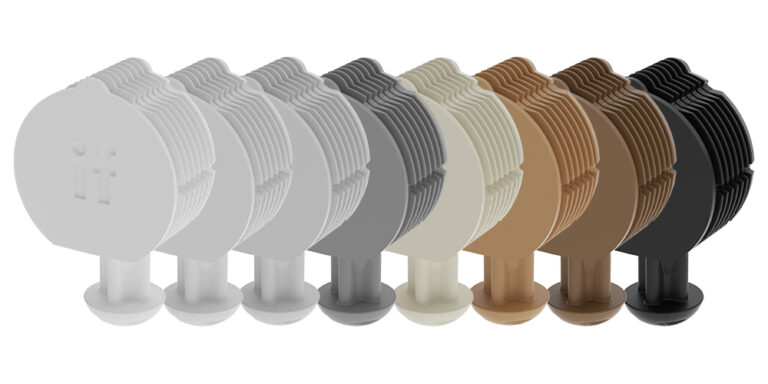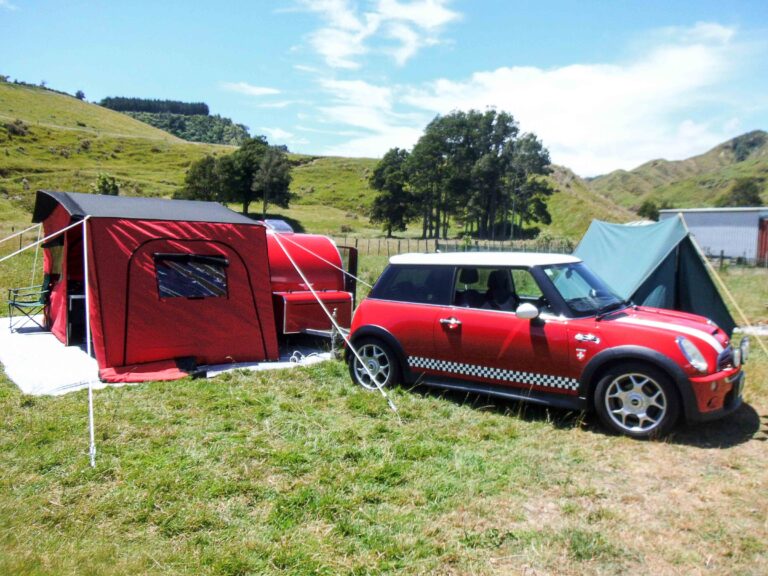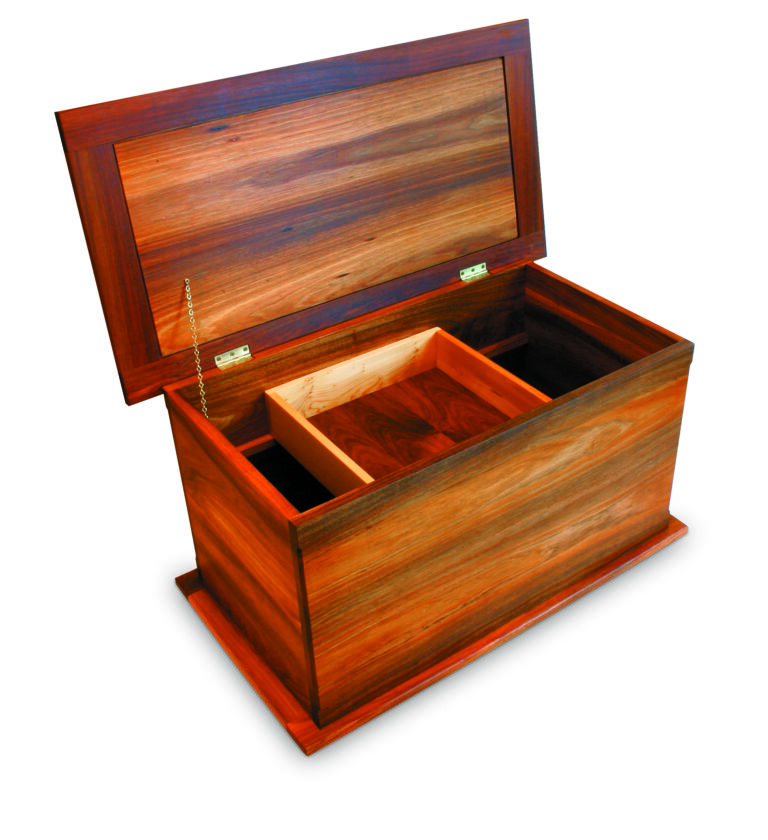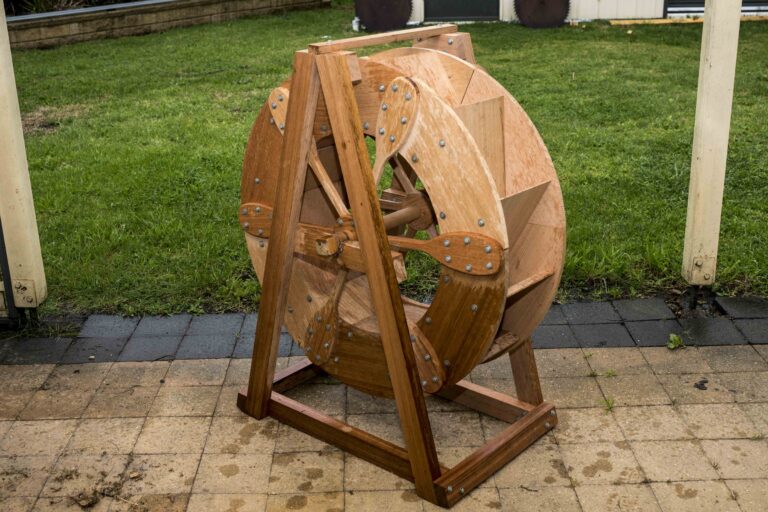
One for the birds
Megan Collings’ birdhouses tick a lot of boxes. Her quirky shelters are not only well-constructed and aesthetically pleasing, but they are indirectly providing food and shelter for more thanher feathered friends. Megan gives the proceeds from every birdhouse she sells to an orphanage in Nepal.
“The earthquake in Nepal hit me hard after our own quakes in Christchurch,” says Megan. “I couldn’t get it out of my head, there were so many thousands affected. I wanted to go over and help but felt I was just a nobody. I’m not a nurse, I’m not a doctor. I love making my birdhouses and thought it was a way I could create and sell for a good cause.”














